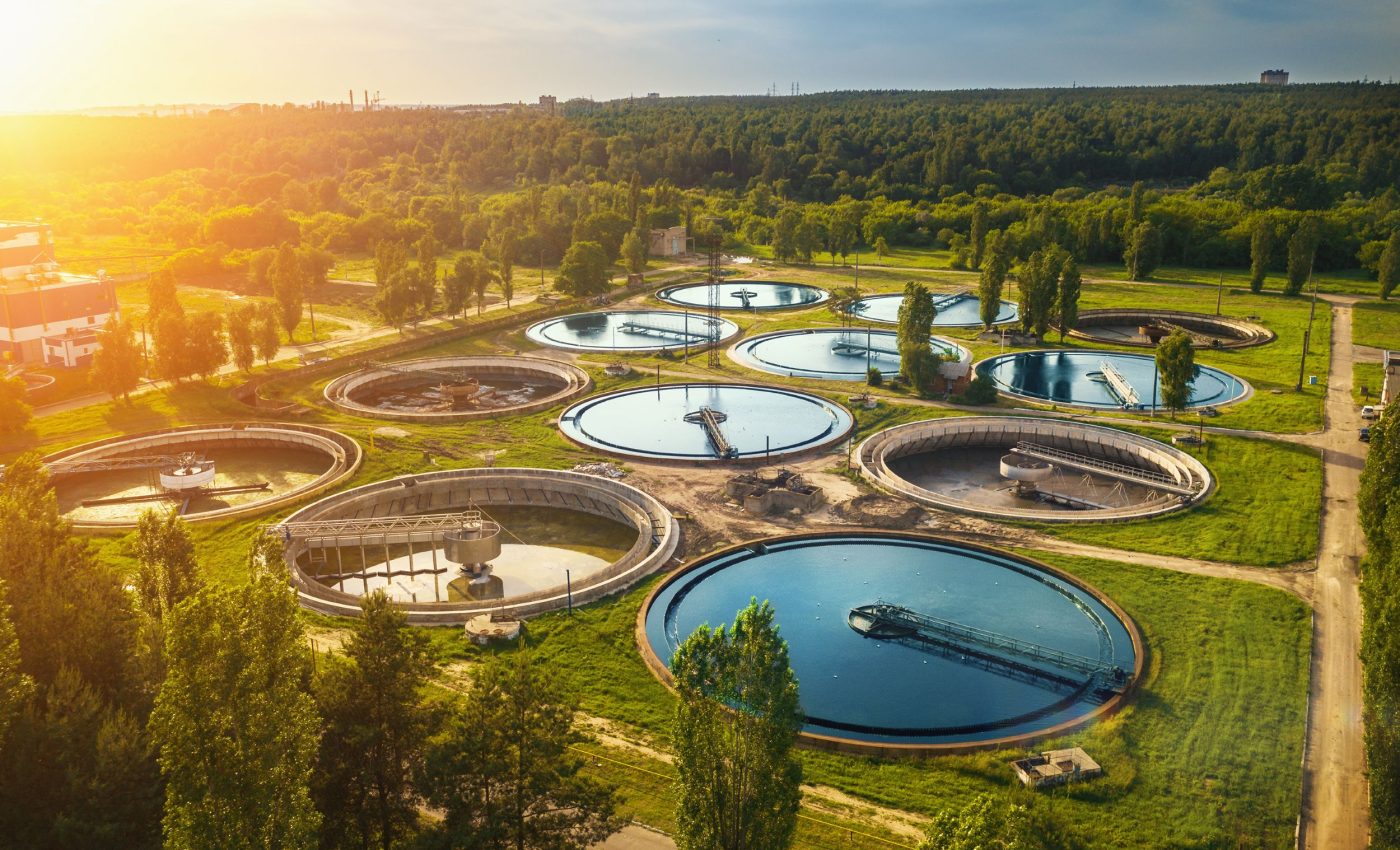
Wastewater plants emit far more greenhouse gas than expected
Most people think of wastewater treatment plants as places that clean dirty water before it flows back into the environment. That part is true.
What some may not be aware of is what these plants release into the air and ground while doing that work.
Turns out, it’s a lot more than expected, and it’s contributing more to climate change than official estimates have shown.
Emissions from wastewater plants
A recent study found that wastewater treatment plants are releasing nearly twice the amount of greenhouse gases than previously thought.
That includes about 1.9 times more nitrous oxide and 2.4 times more methane than what the Environmental Protection Agency (EPA) had estimated. These gases add up.
Wastewater facilities now appear to be responsible for 2.5% of all methane emissions and 8.1% of nitrous oxide emissions in the U.S. This matters because both gases are extremely effective at trapping heat.
Since the 1800s, they’ve been linked to roughly 22% of the world’s total warming. While carbon dioxide gets most of the attention, these gases trap even more heat, pound for pound.
Real-world wastewater emissions
The new research comes from a group of engineers who set out to measure real-world emissions, not just lab models or calculations.
The study was led by researchers from Princeton University and the University of California, Riverside (UCR).
The team built a mobile lab on an electric vehicle and hit the road to collect air samples near 96 wastewater plants.
The researchers didn’t go inside the plants or rely on company data. Instead, they drove around the outside of each facility multiple times, approximately 10 laps, to pick up gas plumes drifting off the property.
The trips occurred during different seasons, weather patterns, and times of day. Over 14 months, the team drove around 52,000 miles from the East Coast to California.
Emissions vary from plant to plant
Every plant was different. Some were built decades ago, with newer parts added over time. The gases that came out weren’t consistent, either.
“One time, we were invited into a facility and found high concentrations of nitrous oxide around one aeration tank. We came back a week later, and there was nothing,” said Daniel Moore, now a data scientist with the environmental group WattTime.
And that’s part of the problem. Wastewater plants use microbes to break down sewage. But depending on how the plant is built, what kind of waste is coming in, the weather, and how the equipment runs, those microbes produce different amounts of gases.
The scientists also noted that older estimates relied on small samples, often one part of one plant.
“Wastewater plants are often complex. Many plants were built in the 70’s and have been added to with changing technologies,” said Mark Zondlo, a professor of civil and environmental engineering at Princeton University.
Addressing the negative impact
The good news is that a small number of plants produce most of the harmful emissions. Targeting these plants could make a big difference quickly.
The researchers didn’t name the plants they studied on purpose. The goal was to understand patterns – not to shame anyone.
Most of these facilities are run by local governments and focus mainly on water safety, not air quality.
“They know they have emissions. In many cases, they don’t know how high they are,” said Z. Jason Ren, a professor of civil and environmental engineering and a researcher at the Andlinger Center for Energy and the Environment (ACEE).
Air emissions haven’t been a top concern, but that is starting to change.
Reducing wastewater emissions
The next step is working with plant operators to figure out which parts of the facilities and their processes release the most gases and why. That could mean changing how tanks are managed, repairing old equipment, or using different treatment strategies.
“If we can get more information on the plants, we can make it easier to get a handle on the air emissions as well as the water,” said Zondlo.
There may even be financial benefits. “Methane, for example, is a greenhouse gas, and it is not good for the environment. But it is also a valuable renewable energy source,” Ren said.
If wastewater plants can capture some of that methane, they could turn it into fuel and possibly income.
People rely on wastewater plants to keep water safe and clean. But this research shows that their impact doesn’t end at the water’s edge. What they release into the air matters, too.
“We want clean water. But there is another side of the issue, and air emissions have not received the same attention that water does,” concluded Zondlo.
The full study was published in the journal Nature Water.
—–
Like what you read? Subscribe to our newsletter for engaging articles, exclusive content, and the latest updates.
Check us out on EarthSnap, a free app brought to you by Eric Ralls and Earth.com.
—–













